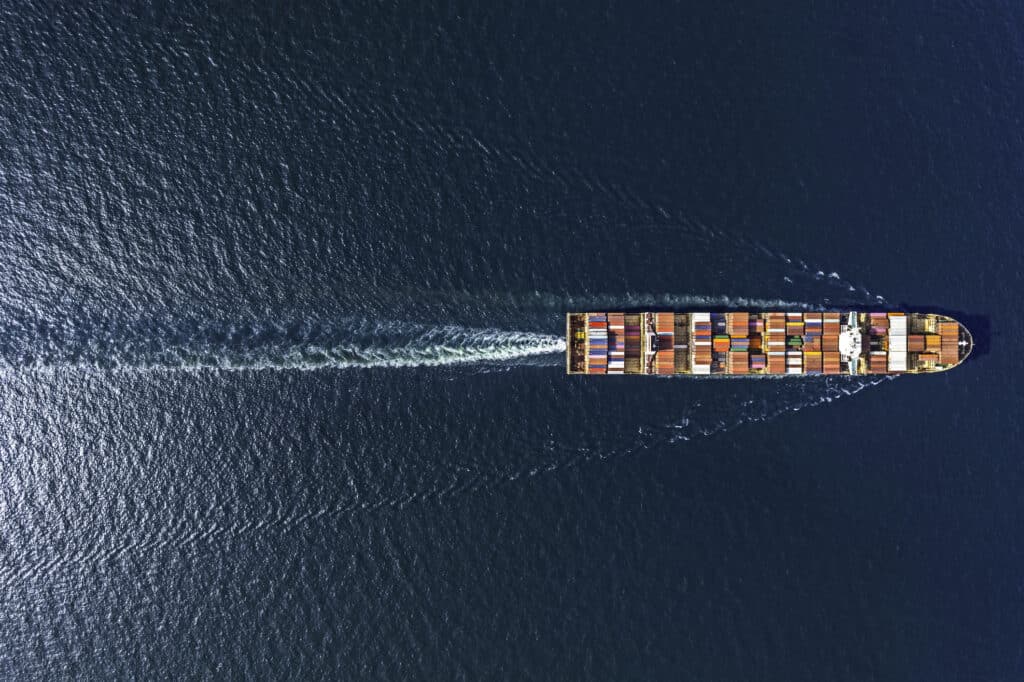There are ways to balance seemingly conflicting objectives in sortation, orderpicking and workstations.
The trip through our materials handling processes can be pretty rough without something to help cushion the ride.
Whether we realize it or not, we continually insert small buffers into the process to smooth out the flow and improve the productivity of the operations before and after the buffer. However, these buffers are often too small to do the job, or so big as to be clumsy and expensive.
I’ve been confronted with some of these challenges in every systems design project, large and small. So here are some thoughts on how to handle buffers with sorters and spurs, in orderpicking and at workstations.
I used to challenge my conveyor design colleagues by claiming that we could never make the accumulation lines in front of merges and sorters big enough, so maybe we should try to eliminate them all together. How, you might ask? By increasing the speed of the merge and/or sorter to accept the maximum feed rate to it. Or, by occasionally stopping the feed when it exceeds the merge/sort rate.
The other end of the sorter presents another interesting buffer challenge. The spurs, or chutes coming off the sorter serve two purposes: to absorb a surge of product arriving at that spur, and; to accumulate a reasonable number of cartons so that the palletizing operator doesn’t have to jump from spur to spur too frequently. The first wants the spur to be empty, and the second wants it to be full! Simulation or some fancy arithmetic will help us determine the optimal length. But, I can assure you it will be longer than there is space and will require compromise.
Similarly, as totes or order cartons enter a zone for picking, we want work to be constantly available to the picker. We also want space in the queue for a surge of arriving totes. However, every tote in the queue represents additional minutes added to the cycle time for getting the order out the door. This becomes especially critical as we approach carrier departure times.
In many systems, even single line orders are routed into each zone from a central induction point. Because these orders will be started and completed in one zone, it is much better to hold them in a “logical buffer” in the warehouse management system. Then simply process them during lulls in the flow of other orders entering the zone. It both shortens the queue and levels the workload.
At individual workstations, and packing stations in particular, we may accumulate orders that require the same value-added process, or the same packing material to achieve operational efficiency.
Large orders are often a problem. We usually find it best to create a special station for these. One solution is to use flow rack to segregate individual orders, rather than trying to make all of the stations capable of accepting the largest order.
I contend that there is also a psychological factor at work here, too. If the queue of arriving work is short, the operator feels little pressure to perform at full capacity. On the other hand, if it is long, and constantly full, there seems to be little hope of catching up, and consequently, fruitless to hurry. In short, we need to size buffers to be just right.
As of September 8, 2020, Crimson & Co (formerly The Progress Group/TPG) has rebranded as Argon & Co following the successful merger with Argon Consulting in April 2018.







